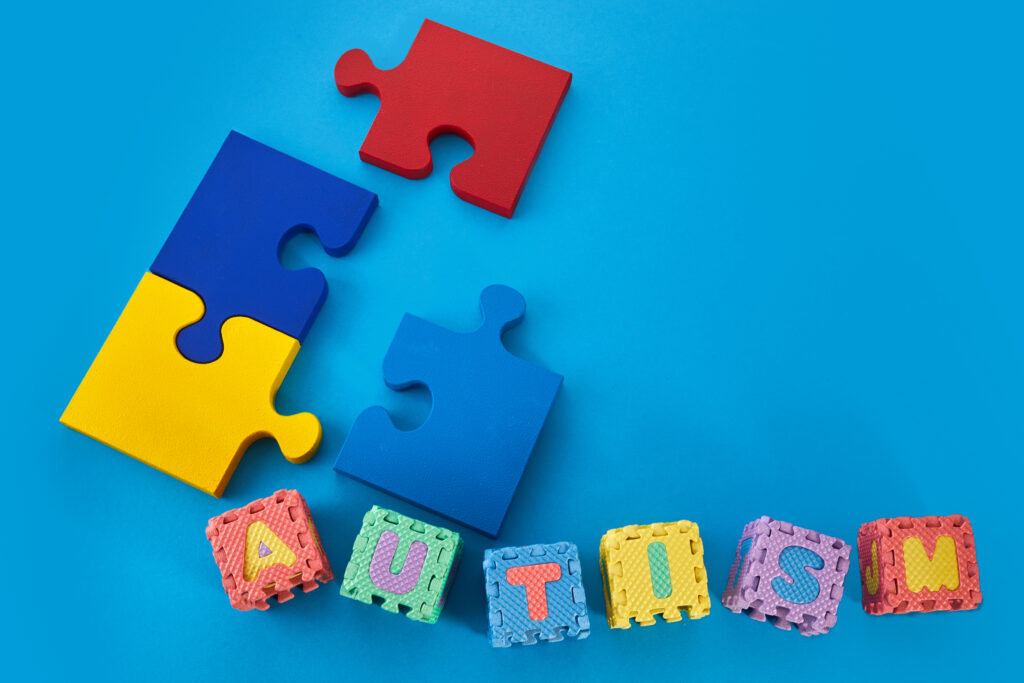Signs of Mild Autism, Severe Autism & No Autism: How to Spot the Differences
Autism Spectrum Disorder (ASD) presents in many different ways, and not every child shows the same signs. Some children may only require a basic level of support (often termed “mild autism”) and can easily develop independence along their path, while others will need more structured care and support (“severe autism”). Understanding these differences can help families, educators, and support workers to provide more tailored and appropriate support.
What Do “Mild” and “Severe” Autism Mean?
Keep in mind, “mild” and “severe” are not medical terms; in fact, instead of using these terms, professionals discuss autism in terms of support levels. The levels of autism are as follows:
Level 1 Autism: Requires minimal support
Level 2 Autism: Requires substantial support
Level 3 Autism: Requires very substantial support
Signs of Mild Autism (Level 1)
Children with mild autism may be similar to their peers in many ways but still experience difficulty with social communication and flexibility.
Common Signs:
Struggles with reciprocal conversation.
Does not understand implied meanings or sarcasm.
Resistant to change with an underlying preference for routine.
Narrow-ranging interests to the point of hyperfocus.
Delayed in pretend play or does not play pretend games.
Difficulty seeing social cues (i.e., face and/or tone).
Signs of Severe Autism (Level 3)
Severe autism includes a significant degree of difficulty with verbal and non-verbal communication, in addition to displaying repetitive behaviors and having strong sensory preferences or sensitivities.
Common Signs:
Limited or no speech; may compensate with gestures or some other mode of communication.
Difficulty understanding what it means to have a conversation or reciprocate (two-way communication).
Shows little or no awareness of other people’s feelings.
Engaged in repetitive behaviour (flapping, spinning, lining up toys, etc.)
May be avoidant of physical affection and eye contact.
May not respond to their name or basic instructions.
Signs of Neurotypical Development (No Autism)
Typically developing children typically demonstrate a natural understanding of social behaviors, emotional reactions, and pretend play.
Common Characteristics:
Engages in pretend play (e.g., playing “doctor” or “teacher”)
Responds to their name, tone, and facial expressions
Understands feelings and expresses empathy
Communicates verbally and non-verbally
Easily adapts to change in routine
Key Differences at a Glance
| Feature | Mild Autism
(Level 1) |
Severe Autism
(Level 3) |
Neurotypical |
| Verbal Communication | Present but rigid | Limited or absent | Flexible and expressive |
| Imaginative Play | Limited or delayed | Often absent | Rich and spontaneous |
| Social Awareness | Subtle challenges | Major difficulties | Naturally intuitive |
| Repetitive Behavior | Some routines or patterns | Frequent and intense | Usually minimal |
| Response to Emotion | May seem indifferent | Often unaware | Responsive and engaged |
Autism is a spectrum, not a scale. Some children show indications of many classifications. Other children may develop the skills over time. Only a professional assessment can give a diagnosis and an individualized intervention plan.
If you have noticed developmental delays or unusual behaviors, early screening and therapy can make a big difference.



